Premium Only Content
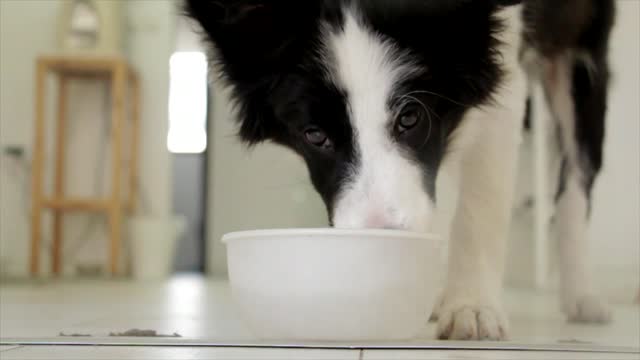
The house dog drinks
n 1758, the Swedish botanist and zoologist Carl Linnaeus distributed in his Systema Naturae the binomial terminology – or the two-word naming – of species. Canis is the Latin word signifying "dog",[19] and under this class, he recorded the canine like carnivores, including homegrown canines, wolves, and jackals. He arranged the homegrown canine as Canis familiaris, and on the following page, he grouped the wolf as Canis lupus.[2] Linnaeus believed the canine to be a different animal varieties from the wolf on account of its cauda recurvata - its improving tail, which isn't found in some other canid.[20]
In 1999, an investigation of mitochondrial DNA demonstrated that the homegrown canine may have started from different dim wolf populaces, with the dingo and New Guinea singing canine "breeds" having created when human networks were more disengaged from each other.[21] In the third version of Mammal Species of the World distributed in 2005, the mammalogist W. Christopher Wozencraft recorded under the wolf Canis lupus its wild subspecies, and proposed two extra subspecies: "familiaris Linneaus, 1758 [domestic dog]" and "dingo Meyer, 1793 [domestic dog]". Wozencraft included hallstromi – the New Guinea singing canine – as an ordered equivalent for the dingo. Wozencraft alluded to the mDNA concentrate as one of the aides illuminating his decision.[4] Other mammalogists have noticed the consideration of familiaris and dingo under a "homegrown canine" clade.[22] This order by Wozencraft is bantered among zoologists.[23]
In 2019, a workshop facilitated by the IUCN/Species Survival Commission's Canid Specialist Group considered the New Guinea singing canine and the dingo to be non domesticated canines Canis familiaris, and consequently ought not be evaluated for the IUCN Red List.[24]
-
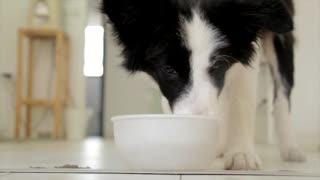 0:11
0:11
animals Funny
4 years agoA dog drinks water slowly
1312 -
 6:49
6:49
Jays Custom Creations
4 years agoBuilding A Dog House
7292 -
 0:05
0:05
Sawa4ebruchan
4 years agoDog at grandma's house
130 -
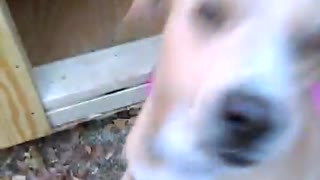 0:23
0:23
STLNutritionDoc
4 years agoElsa and her custom dog house
12 -
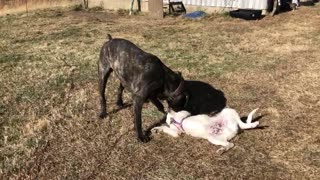 1:40
1:40
FaeAcres
4 years ago $0.02 earnedDuck House and Livestock Guardian Dog
701 -
 0:13
0:13
Jasonyong
4 years agoDog in the house
130 -
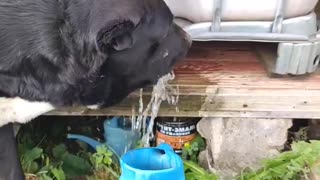 0:28
0:28
My favorite pets
4 years ago $0.10 earnedSmart dog drinks water from a barrel
614 -
 0:19
0:19
ViralHog
4 years ago $2.29 earnedDog Drinks Water in Curious Way
6.26K6 -
 1:00
1:00
TellyWells
4 years agoDog rules the house
47 -
 0:28
0:28
Welcome
4 years ago $0.09 earnedA good dog walks around the house.
158